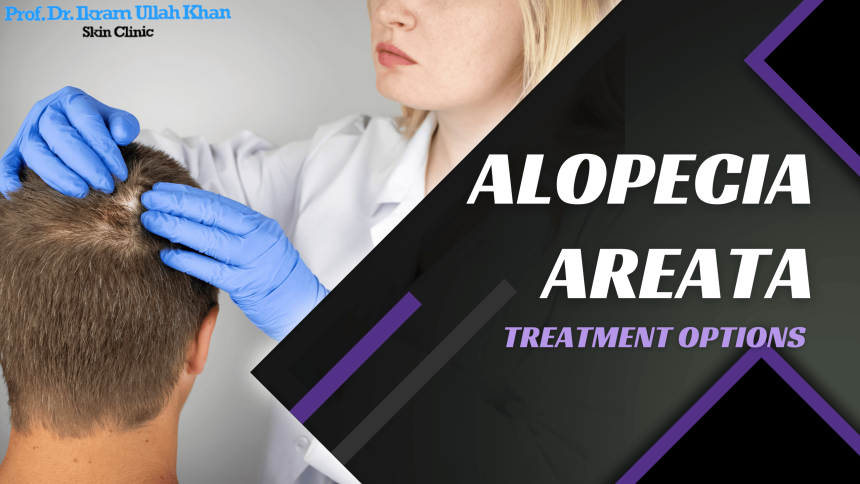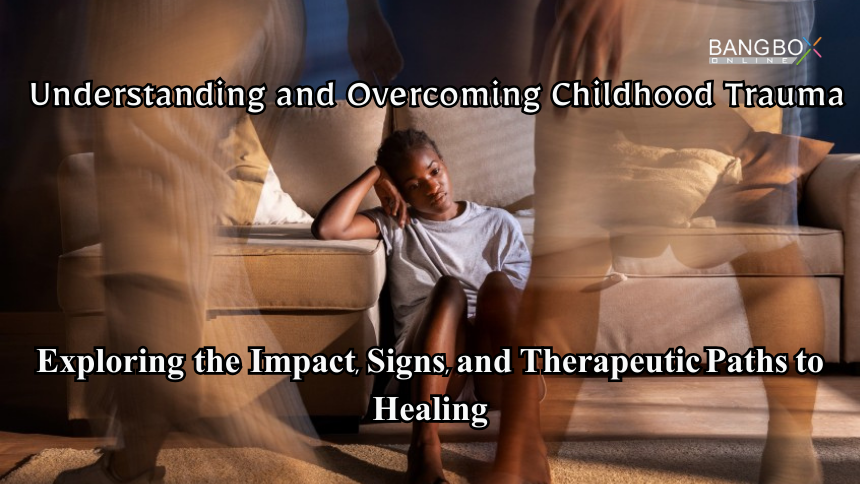
Treatment Options for Alopecia Areata: Restoring Confidence Through Targeted Care
Hey there, if you're dealing with hair loss, we've got your back! Alopecia areata may be trying to play tough, but guess what? We've got an army of treatments ready to take it down and bring back your fabulous locks. Come on, join us on this mission – it's not just about regrowing hair, it's about reclaiming your confidence and swagger. Think of it like a battle plan against hair loss, and you're the fearless commander. We've got a whole arsenal of treatments lined up, each one with its own special powers. It's not just about saying goodbye to bald patches; it's about saying hello to a new you – one with a head held high and a full head of hair.
What is Alopecia Areata
Alright, let's talk about alopecia areata – a pretty common autoimmune gig that throws hair loss into the mix, be it on the scalp or anywhere else on your body. Now, here's the real deal – there's no magic cure for this hair-raising situation, but we've got a bag of tricks to manage it and kickstart some hair regrowth. Check out the lowdown on the treatment options for alopecia areata:
1. Corticosteroid Injections:
· Administration: Intralesional corticosteroid injections are directly injected into the affected areas.
· Mechanism: Corticosteroids help suppress the immune response that is attacking hair follicles.
· Effectiveness: This is often a first-line treatment for localized alopecia areata and may stimulate hair regrowth within a few weeks.
2. Topical Corticosteroids:
· Application: Corticosteroid creams or ointments are applied directly to the affected skin.
· Mechanism: Similar to injections, topical corticosteroids work to reduce inflammation and immune system activity.
· Effectiveness: They are commonly used for smaller affected areas and may take several months to show results.
3. Topical Minoxidil:
· Application: Minoxidil, a topical over-the-counter medication, is applied to the affected areas.
· Mechanism: Minoxidil is thought to stimulate hair follicles and promote hair regrowth.
· Effectiveness: It may be used alone or in combination with other treatments, and results can vary.
4. Anthralin Cream:
· Application: Anthralin, a tar-like substance, is applied to the affected areas and left on the skin for a certain period.
· Mechanism: Anthralin helps to modulate the immune response and may promote hair regrowth.
· Effectiveness: It is often used for more extensive cases of alopecia areata.
5. Topical Immunotherapy:
· Application: Chemicals such as diphencyprone or squaric acid dibutyl ester are applied to the affected areas to induce an allergic reaction.
· Mechanism: The induced allergic response may stimulate the immune system to target and eliminate the abnormal immune cells attacking hair follicles.
· Effectiveness: Topical immunotherapy is typically reserved for more severe cases.
6. Oral Corticosteroids:
· Administration: In some cases, systemic corticosteroids in the form of oral medications may be prescribed.
· Mechanism: These medications work to suppress the immune response.
· Considerations: Long-term use is generally avoided due to potential side effects.
7. Janus Kinase (JAK) Inhibitors:
· Administration: Oral JAK inhibitors, such as tofacitinib or ruxolitinib, may be prescribed.
· Mechanism: JAK inhibitors target the immune response involved in alopecia areata.
· Effectiveness: Research suggests potential efficacy, especially in more severe cases.
8. Hair Replacement Options:
· Options: Wigs, hairpieces, or hair prostheses can provide cosmetic solutions for those experiencing extensive hair loss.
· Considerations: These options do not address the underlying autoimmune condition but can enhance the individual's appearance and confidence.
9. Counseling and Support:
· Importance: Dealing with hair loss can have psychological impacts. Counseling and support groups can help individuals cope with the emotional aspects of alopecia areata.
Considerations:
· Individual Response: The effectiveness of treatments can vary from person to person.
· Side Effects: Some treatments may have side effects, and the benefits should be weighed against potential risks.
· Consultation: Individuals with alopecia areata should consult with dermatologists or healthcare professionals to determine the most suitable treatment plan based on the severity of their condition and individual factors.
Listen up, folks – when it comes to tackling alopecia areata, there's no one-size-fits-all remedy. The treatment path you choose? Well, that depends on a few things: how much hair you've bid farewell to, what you fancy, and how your hair has reacted to previous attempts at revival. It's a bit like tailoring – finding the perfect fit for your unique situation.
Now, in this journey, your trusty dermatologists and healthcare pros like Prof. Dr. Ikram Ullah Khan become your guides. They're the wizards who know the ropes, steering you through the maze of options and helping you craft a plan that's just right for you. It's all about teamwork, really.




Peintre Angers : L’expertise de JM Bâtiment pour vos travaux de peintu...
Peintre Angers : L’expertise de JM Bâtiment pour vos travaux de peinture
